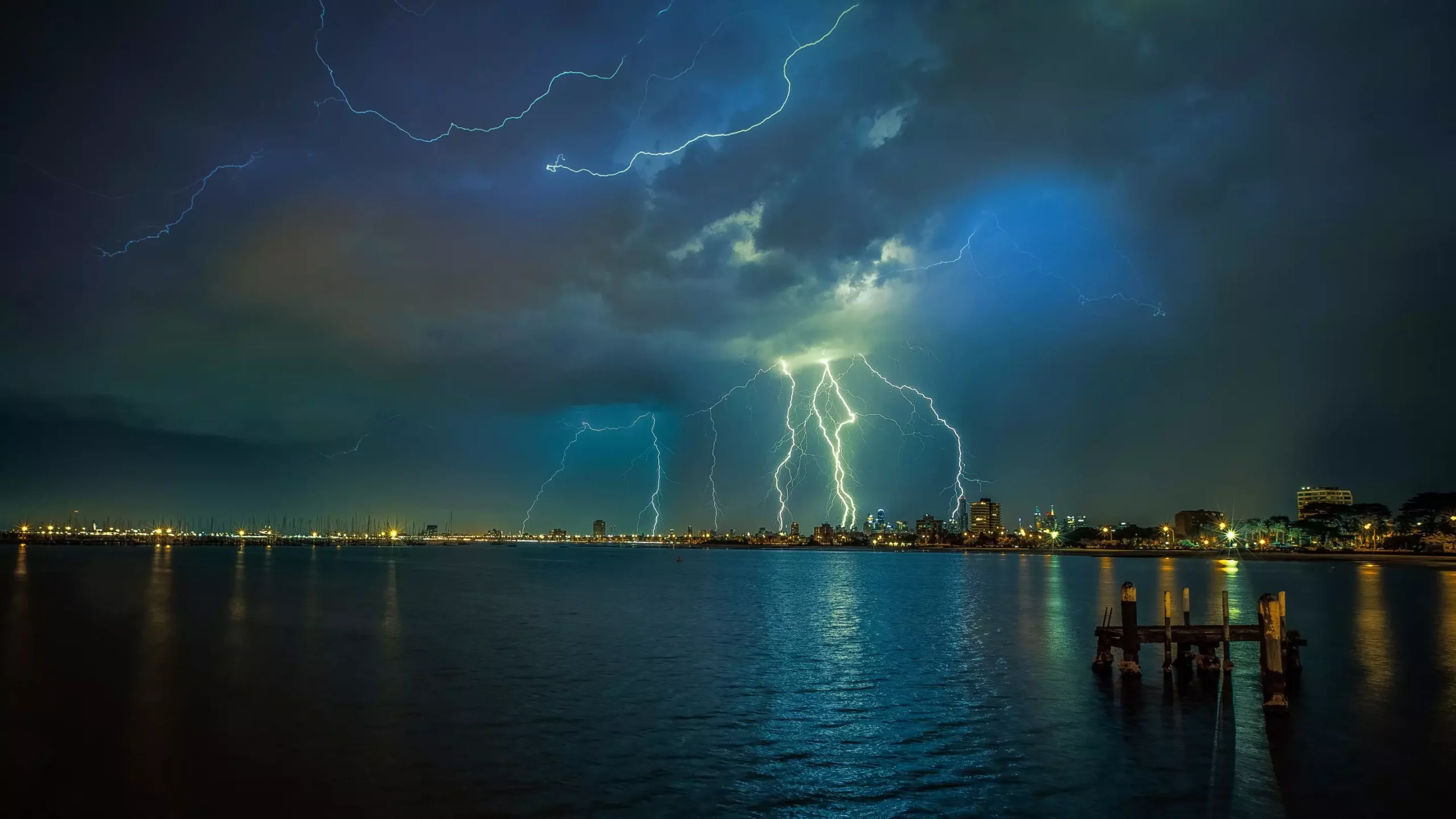Air pollution has long been recognized for its adverse health effects and environmental consequences, but new research sheds light on another critical dimension: its impact on weather patterns, specifically summertime thunderstorms. A study led by geography professor Mace Bentley at James Madison University explored this intricate relationship, revealing that increased pollution levels can intensify thunderstorms and result in a higher frequency of lightning strikes. This alarming discovery not only highlights the perils of urban pollution but also underscores the complexities of atmospheric behavior.
The research findings indicate that pollutants emitted into the atmosphere serve as cloud condensation nuclei, facilitating the formation of clouds. As thunderstorms develop, the dynamics of updrafts and downdrafts play a crucial role in separating these pollution particles within the clouds. This separation leads to an imbalance in electrical charges, ultimately heightening the likelihood of lightning production. Bentley’s team meticulously analyzed tens of thousands of thunderstorms in metropolitan areas such as Washington, D.C., and Kansas City, linking elevated pollution levels to a striking increase in cloud-to-ground lightning strikes, particularly in unstable atmospheric conditions.
Scope of the Research
Over a three-year period, the researchers scrutinized nearly 200,000 storms in the D.C. area and more than 300,000 in Kansas City. By utilizing a comprehensive dataset comprising 12 years of observations from the National Lightning Detection Network along with readings from numerous air quality monitoring stations, the team was able to draw significant correlations between pollution levels and thunderstorm intensity. Such a data-driven approach not only bolsters the credibility of the findings but also illuminates the potentially universal influence of urban pollution on thunderstorm dynamics.
Expanding the scope of his research, Bentley is now focusing on Bangkok, a densely populated megacity notorious for its air pollution. Early results indicate that the conditions in Bangkok, particularly within its hot tropical climate, further amplify lightning frequencies during thunderstorms compared to those observed in Washington, D.C., and Kansas City. This suggests a potentially global phenomenon where urban pollution consistently enhances thunderstorm activity. Bentley’s assertion reinforces the idea that air quality management should not only be framed within health contexts but also within broader meteorological frameworks.
The implications of Bentley’s research are profound, as they demonstrate that air pollution directly influences weather patterns, creating a feedback loop that exacerbates the already serious consequences of environmental degradation. As thunderstorms become more potent due to urban pollution, communities may face increased risks from severe weather events, including destructive lightning strikes. Thus, it is imperative for policymakers to consider these findings in their approaches to air quality management and climate policy. Addressing air pollution is not merely an environmental concern; it is now clear that it plays a critical role in shaping our atmospheric conditions, necessitating immediate and concerted action.

